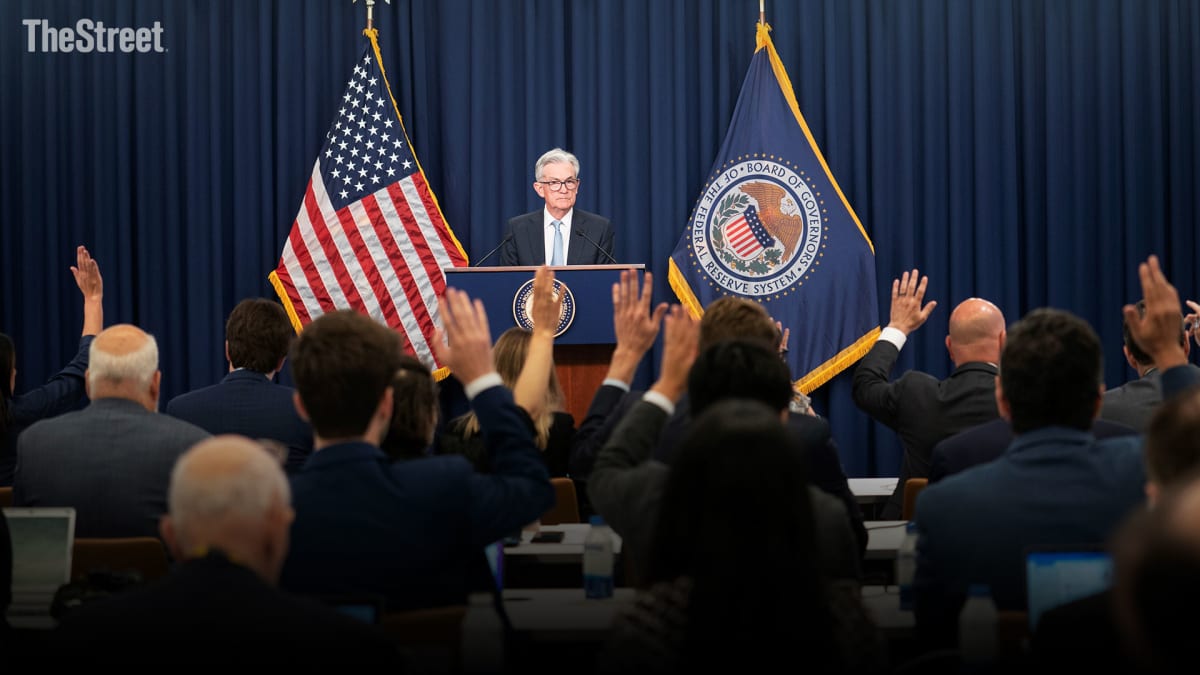
The Federal Reserve is likely to deliver the last rate hike of its year-long tightening cycle, the most aggressive in at least four decades, later today in Washington as it repeats its concern that inflation remains the biggest threat to U.S. economic growth.
The Fed tweaked the language in its last policy statement, published in March, indicating that " some additional policy firming may be appropriate” after it lifted its benchmark Fed Funds rate to the current range of 4.75% to 5%.
However, with inflation slowing notably -- although still well above the Fed's 2% forecast -- investors will be looking for clues as to whether rates will peak with today's likely quarter point increase as the economy weakens and a series of bank failures rattles financial sector sentiment.
Commerce Department data published last week showed the closely-tracked core PCE price index for the first quarter, one of the Federal Reserve's favored inflation metrics, accelerated at a 4.9% pace, topping the 4.4% rate from late last year.
A separate report from the Labor Department showed its closely-tracked employment cost index rose 1.2% over the first quarter, just ahead of the Street's 1.1% forecast. Private-employer wages were up 5.1% in March, the data indicated.
Inflation Slowing, But Only Just
"The Fed, however, remains focused on the current inflation and activity data, paying only lip service to the idea that their previous actions will depress economic growth and inflation after a lag," said Ian Shepherdson of Pantheon Macroeconomics. "Accordingly, they won’t start to cut rates until it becomes clear from the activity and inflation data that the economy is headed clearly in the direction they want to see."
The Fed will publish its interest rate decision at 2:00 Eastern time, with Chairman Jerome Powell set to take questions from the media in Washington 30 minutes later.
The CME Group's FedWatch suggests traders have effectively locked-in an 86% chance of a Fed hike later today, with odds that the Fed will hold that level in place until the autumn.
Bets on a late-year rate cut, however, have accelerated quickly amid downbeat jobs data, slowing manufacturing activity and the ongoing stresses in the regional banking sector, a key provider of credit to small and medium-sized businesses in the world's biggest economy.
"Historically, the Fed doesn’t leave it long before cutting rates – over the past 50 years the average period of time between the last rate hike cycle and the first rate cut has only been six months," said ING's chief international economist James Knightley. "This implies that if May is indeed the last rate hike in a typical cycle, we should expect a cut by around November."
Stresses in regional banks, triggered by the collapse of Silicon Valley Bank and the closure of Signature Bank in early March, as well as the sale of struggling First Republic (FRC) to JPMorgan (JPM) earlier this week, could provide the Fed with at least some cover for a pause on rate hikes heading into the summer months as lenders tighten credit conditions and slow new loan growth.
The Fed likely already has data on that very condition, in the form of the its quarterly Senior Loan Officer Survey, which will be published later this week.
Oliver Rust, who heads product development at independent inflation data-aggregator Truflation, however, thinks a tight labor market -- with persistent wage pressures -- will likely offset concerns linked to tightening credit conditions.
"If inflation refuses to budge, we could well see another hike, despite tighter credit conditions. It’s worth remembering that while a 5% inflation rate is lower than last year, it still points to rapid price rises from already elevated levels. Even if this hike turns out to be the Fed’s last, we don’t expect rates to come down from these levels any time soon.”
Cracks In The Job Market
That said, cracks are starting to appear in the labor market, and that could lead to decelerating wage growth which, in turn, would tame the persistent pressures in the Fed's closely-tracked 'core services ex-housing' inflation metric.
Data from the Labor Department yesterday showed a marked decline in March job openings, with the Job Openings and Labor Turnover Survey, better-known as the JOLTs report, indicating 9.59 million unfilled vacancies, a near record decline from last year's total and down 384,000 from the upwardly-revised February total of 9.931 million.
Layoffs were also on the rise, surging by 248,000 in March to 1.8 million, the highest in two years.
Friday's non-farm payroll report is expected to show a net gain of 180,00 new jobs with only a modest easing in wage pressures as average hourly earnings rise 4.2% on the year and 0.3% on the month.
LPL Financial's chief economist, Jeffery Roach, thinks that while labor market conditions have weakened, "the latest measure of labor tightness is nowhere near levels (Fed Chairman Jerome Powell) would like to see."
"Wage pressures should ease as fewer workers skip from job to job. And as wage pressures ease, inflation strains should follow suit," he said. "The quit rate fell in March, but it's still above pre-pandemic levels as the labor market is still too tight for the Fed’s liking."







